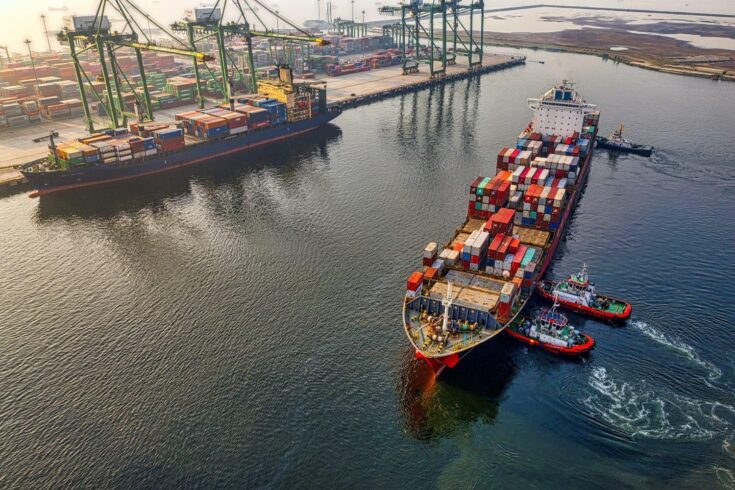The shipping industry is facing one of its most difficult challenges, to navigate its way to net zero. The International Maritime Organization’s goal is for international shipping to reduce its annual greenhouse gas emissions by at least half by 2050.
Could clean hydrogen be the answer? The EU-funded sHYpS (sustainable hydrogen powered shipping) is developing ways of using hydrogen at sea, safely, effectively and sustainably, just as it is already being used in thousands of vehicles on the road.
Complications of hydrogen at sea
Making the transition to using hydrogen on board is complicated. There’s the challenge of storing hydrogen in sufficient quantities to fuel long voyages. sHYpS is developing a new kind of insulated container, which can hold large amounts of hydrogen, and can be prefilled and quickly swapped out, to ready a ship for its journey.
Then there’s the wider issue of developing a hydrogen supply chain for the maritime industry, including working out the logistics for the delivery of green liquid hydrogen to ports.
There is also the challenge of designing a powertrain using hydrogen fuel cells, suitable for going on ships. And it’s this that UK engineering company Ricardo, experts in hydrogen technology and integration, is leading on. Ricardo is designing, building and testing fuel cell modules and a power plant that can be used on board.
World leading expertise
Ricardo’s Head of Hydrogen Business, Strategy and Innovation, Joanna Richart, explains:
Through the sHYpS project we are applying our world leading expertise in the hydrogen value chain to implement innovative hydrogen technologies safely, to help the global maritime sector achieve long-term decarbonisation goals.
With the project now in its second year, Ricardo is leading the specification, design, build and test of a 375kW fuel cell module, and the design of a 40-foot containerised multi-megawatt power plant that combines the outputs of several fuel cell modules. The containerised solution is intended to be installed on board passenger ships. The challenge so far has been not so much in making fuel cell systems small but in balancing weight.
Ricardo has considerable experience working with fuel cells in the automotive sector, where they need to be small enough to fit in cars.
Joanna says:
We have to try to keep the weight down and ensure that it is evenly distributed in a safe way without the need to reinforce the structure of the vessel.
Sailing on
Ricardo isn’t the only UK representative among the project’s 13 partners: Lloyd’s Register is involved too, leading on the process of certifying the new systems for use, based on rigorous risk assessment. Ricardo and Lloyd’s Register are both continuing to participate in the project through the Horizon Europe funding guarantee.
Top image: Credit: william william via Unsplash

